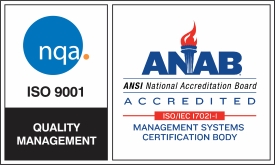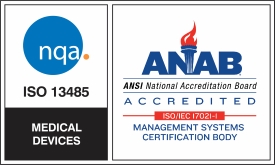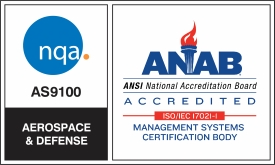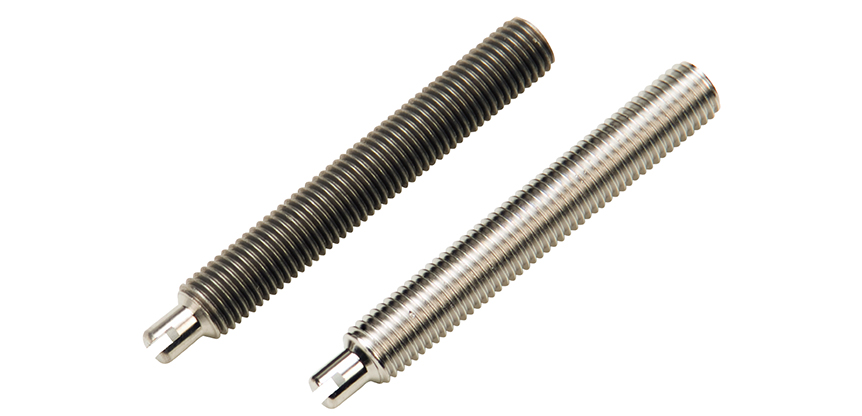With so many metal finishing treatments available, many companies are wondering which would be most advantageous for their parts. Blasting and electropolishing are two common finishing procedures used to enhance metal parts. Wondering which treatment will work best for your metal parts? See the attached explanations of both blasting and electropolishing, as well as the benefits of each.
What is Blasting?
Blasting utilizes a media that is delivered under pressure to clean a metal part. Different finishes require different blasting levels, and possibly even different materials for doing so (i.e. sand, glass or abrasive grits). Depending on the media used, blasting can create various textures on metal parts.
How Does Electropolishing Work?
Electropolishing, which is known as the “reverse plating” process, removes a uniform layer of surface material using a chemical bath of rectified current. Metal parts are submersed into the bath that contains a phosphoric-based electrolyte. This current removes metal ions from the parts’ surfaces. Finally, the parts are rinsed and dried to eliminate any electrolytes that remain.
Electropolishing: The Best Metal Finishing Option
As companies compare the advantages of blasting vs. electropolishing, they soon realize electropolishing proves to be the most beneficial. This metal finishing treatment provides parts with a variety of improvements, including:
- Enhanced resistance to corrosion—Electropolishing is the most ideal metal finishing method because it removes a uniform layer of surface material, surface impurities and embedded contaminants. Other metal finishing methods, like blasting, do not eliminate impurities or provide the same level of corrosion resistance.
- Ultraclean finish—Electropolished parts have a smooth surface free of impurities, such as embedded scale, oils and debris, that could compromise part sanitation and cleanliness.
- Improved microfinish value—Electropolishing removes an even layer of material, reducing microfinish values by 50 percent to create a smoother surface, especially for parts of complex shapes.
- Improved appearance—Electropolished parts have a noticeably bright and shiny appearance that cannot be achieved through other metal finishing methods. The bright aesthetic finish provided by electropolishing is its most recognizable feature.
- Deburred edges—Metal parts that have not undergone finishing treatments may have jagged edges that could compromise part performance and even pose a safety risk during application. Because electropolishing transfers metal ions from corners or edges of metal parts, it removes micro burrs to create smooth edges‚ even for metal parts with complex shapes.
- Oxide scale and heat tint removal—During welding and heat treating processes, metal parts develop heat tint and oxide scale. To create a more attractive appearance with enhanced corrosion resistance, metal parts should undergo electropolishing.
For more information on electropolishing and the advantages it provides, get in touch with an Able representative.




